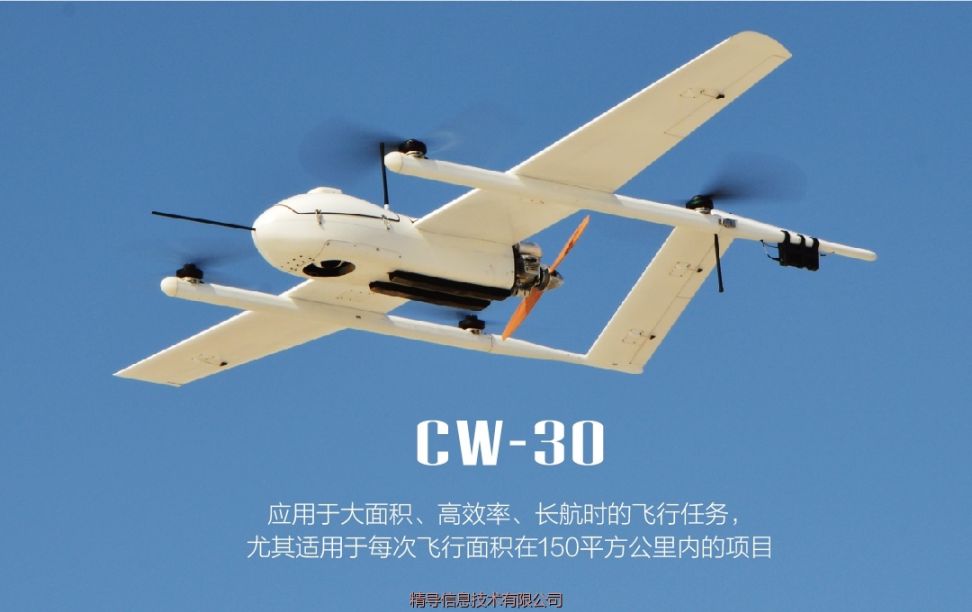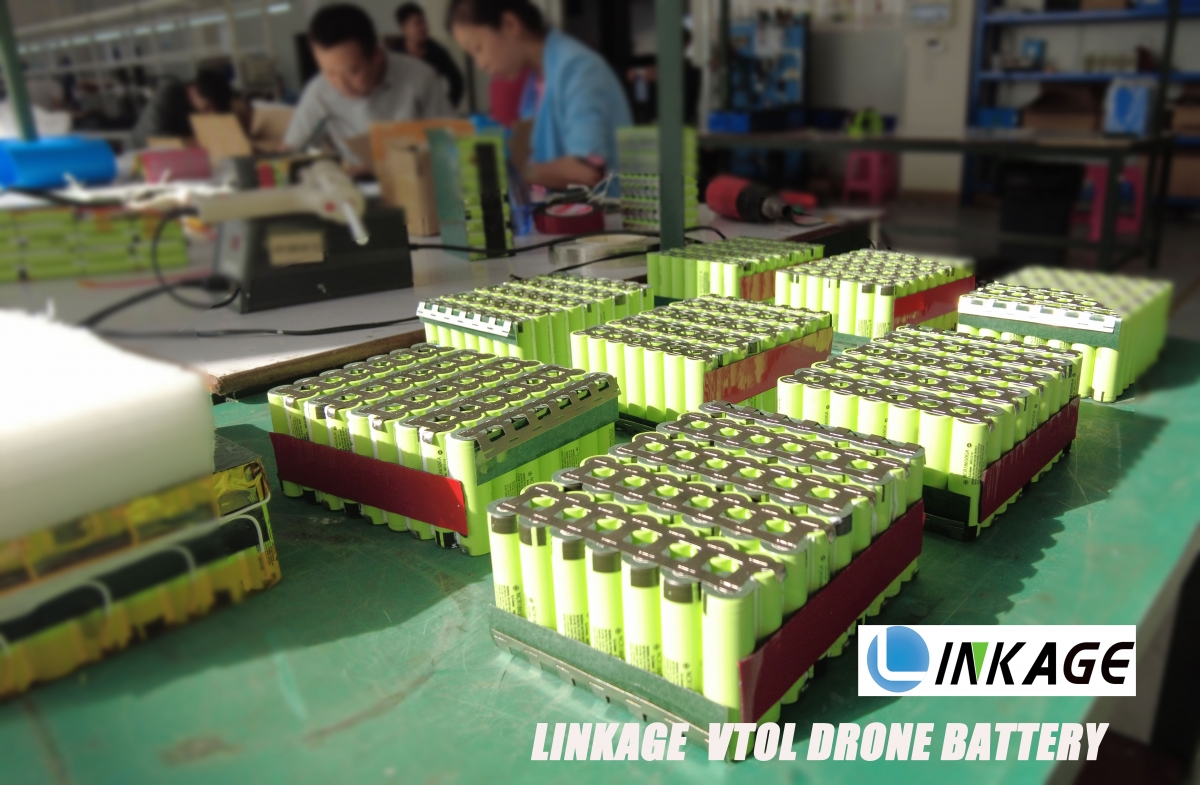- 22
- 12月
废旧电池去哪儿了?
In recent years, the rapid development of new energy vehicles has gradually become a new sales force in the market. But at the same time, the issue of whether electric vehicles are environmentally friendly is also controversial.
The most controversial one is the battery used in electric vehicles. Because it contains heavy metals, electrolytes and other chemical substances, once improperly handled, it will cause huge pollution to the environment.


Therefore, many manufacturers and third-party organizations are actively promoting the recycling of power batteries. Recently, Volkswagen Group, the world’s largest automobile company, officially announced the launch of a power battery recycling program.
According to the plan of the Volkswagen Group, the initial plan is to recycle 3,600 battery systems each year, which is equivalent to 1,500 tons. In the future, with the continuous optimization of the recycling management process, the factory will be further expanded to cope with the greater demand for battery recycling.
Unlike other battery recycling facilities, Volkswagen recycles old batteries that can no longer be used. The recycling process does not use high-energy blast furnace smelting, but uses methods such as deep discharge, disassembly, pulverization of battery components into particles, and dry screening to make new cathode materials from the core components of old batteries.
Affected by policies and regulations, the world’s major automobile companies are now actively promoting the recycling of power batteries. Among them, there are both Changan and BYD in its own brands; there are also joint venture brands such as BMW, Mercedes-Benz, and GM.
BYD is a well-deserved big brother in the field of new energy, and it has an early layout in power battery recycling. In January 2018, BYD reached a strategic cooperation with China Tower Co., Ltd., a large domestic power battery recycling company.
Beck New Energy and Ningde Times and GEM Co., Ltd., which are engaged in power battery recycling, have strategic cooperation on power battery recycling; SEG, Geely and Ningde Times have deployed power battery recycling business.
In addition to its own brands, joint venture brands such as BMW, Mercedes-Benz, General Motors and other foreign auto companies are also stepping up to cooperate with third-party agencies to engage in power battery recycling. BMW and Bosch; Mercedes-Benz and battery recycling company to implement the Luneng project, using retired batteries to build large-scale photovoltaic power storage systems.
Nissan, one of Japan’s three major brands, chose to form a joint venture company 4REnergy with Sumitomo Corporation to establish a factory specializing in the reuse and reprocessing of electric vehicles. Recycled batteries that can no longer be reused can be used as energy storage equipment for commercial residences.
First of all, we need to understand what recycling is. Recycling actually refers to the multi-level rational use of waste power lithium batteries for new energy vehicles, including cascade utilization and resource regeneration.
At present, the power batteries on the market are mainly divided into two types: lithium iron phosphate and manganese phosphate, and their main components contain heavy metals such as lithium, cobalt, nickel, and manganese. Among them, cobalt and nickel belong to China’s rare mineral resources of the “Chinese Sturgeon” level and are very precious.
There are also differences between domestic and foreign countries in the way of recycling heavy metals from used batteries. The EU mainly uses pyrolysis-wet purification, crushing-pyrolysis-distillation-pyrometallurgy and other processes to extract useful metals, while domestic recycling companies usually use pyrolysis-mechanical dismantling, physical separation, and hydrometallurgical processes to treat waste batteries.
Secondly, considering the complex proportions of power batteries, different types of batteries have different recovery rates. Different types of batteries also have different recycling processes. For example, the recovery of cobalt and nickel by the fire method is better, while the recovery of the metal from the lithium iron phosphate battery by the wet method is better.
On the other hand, although used batteries can be recycled, the economic benefits are not high. According to data, the current recycling cost of 1 ton of lithium iron phosphate batteries is about 8,500 yuan, but after the metal of the used batteries is refined, the market value is only 9,000-10,000 yuan, and the profit is very low.
As for the ternary lithium battery, although the recycling efficiency will be relatively high, because cobalt is toxic, and improper operation is likely to cause secondary pollution or even explosion, so the requirements for equipment and personnel are relatively high, and the cost is relatively large, but it is economical. The benefit is still relatively low.
However, the actual capacity loss of used batteries is rarely higher than 70%, so these batteries are often used in series, such as low-end electric vehicles, power tools, wind power storage devices, etc., to realize the reuse of used batteries.
Although the battery does not need to be completely disassembled during cascading use, due to uneven battery cells (such as Tesla NCA), there are still many problems in practical applications, such as how to recombine different battery modules. How to accurately predict battery life through indicators such as SOC.
The other is the issue of economic benefits. The cost of power batteries is generally relatively high. Therefore, if it is used in energy storage, lighting and other fields in later use, it will be a little unqualified, and sometimes even if it is not worth the loss, the cost may be higher.
结论
Regarding the issue of environmental protection of electric vehicles, I think it is too early to say that electric vehicles are pollution-free. After all, electric vehicles cannot be truly pollution-free. The shelf life of power batteries is the best proof.
But having said that, the emergence of electric vehicles has indeed played a positive role in reducing the impact of vehicle pollution emissions on the environment, and the promotion of waste battery recycling has accelerated the realization of environmental protection and energy-saving benefits for electric vehicles.
